Yoga classes can be a torture if you are not very flexible or if you have not been actively engaging with your body for some time. This can be really demoralising, putting people off from pursuing this practice as part of their lifestyle. Countless times I have heard from new students about how they have tried yoga classes before but didn’t like it only to discover how doable it is with yoga props!
Yoga props are believed to have been widely introduced first by BKS Iyengar, founder of Iyengar Yoga who himself as a young boy had health limitations that made practicing yoga asana a challenge. He lived healthily till the age of 95.
So why are props important in Asana practice?
Well for any sincere practitioners, props aid and support where we are not yet able to go. Props help us approach and enter into asanas with proper posture and alignment, so that we don’t hurt ourselves in the process. It makes for a sustainable practice to ensure actual progress and benefits in the long run (sometimes as soon as 6 months).
There are so many types of yoga props in the market these days but are all really necessary? The answer is NO.
Here are the Basic few I’d call the 5B’s of YOGA PROPS that you should get.
1. Block
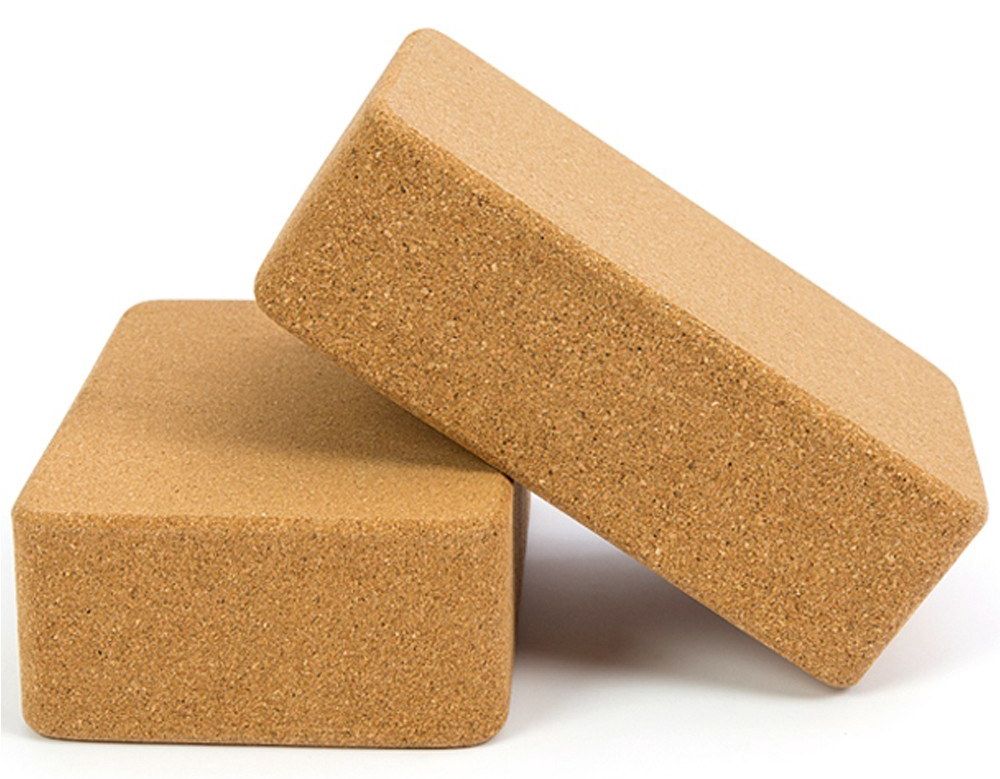
This is the Cork Block
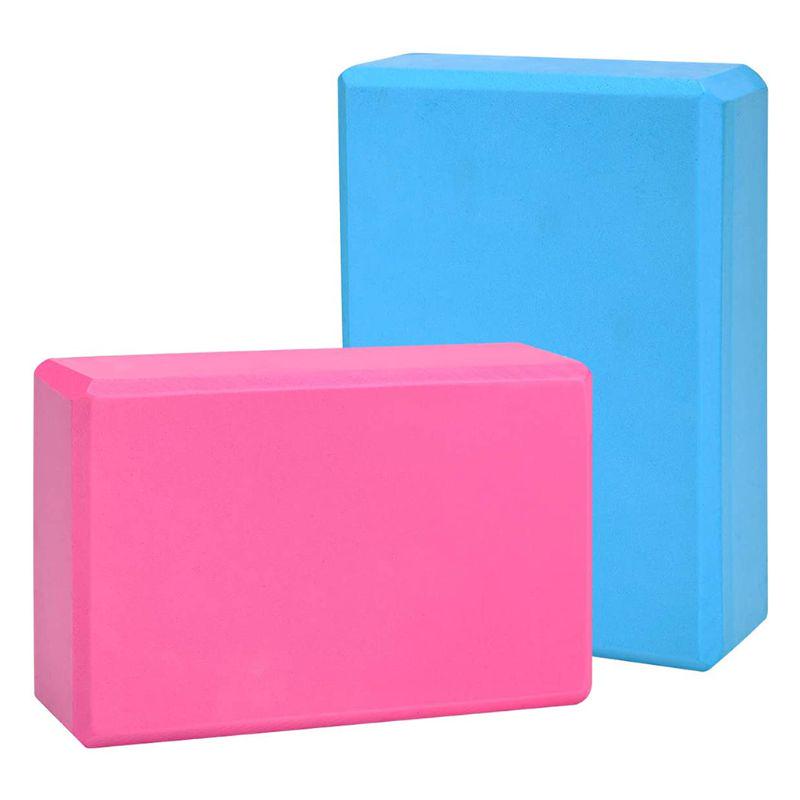
This is the Foam Block
This is the most basic of basic props in my humble opinion. Everyone should own yoga blocks regardless of their level of practice as they are really useful in many active poses as well as passive ones.
BLOCKS FOR ACTIVE POSES
Standing forward folding asanas can be pretty challenging when our body is not strong or flexible enough. To name a few are Paschimotanasana (pyramid), Trikonasana (triangle), Virabhadrasana 2 (warrior 2) where the palms or at the very least fingertips has to touch the mat without collapsing other parts of the body. Here, blocks give some elevation and aids the body to open up more and get into better alignment.
BLOCKS FOR PASSIVE POSES
Equally useful and therapeutic in passive asanas especially in reclining poses, blocks can be used to support various supine back bending positions such as Setu Bandha Sarvangasana (bridge pose), Supta Baddha Konasana (reclining butterfly), Supta Virasana (reclining warrior) and more. With blocks, you don’t have to wait to be stronger before attempting back bending poses.
HOW TO CHOOSE A BLOCK?
You would want a block with more density. Traditional practices such as Iyengar Yoga uses wooden blocks. They are heavy and for a purposes beyond what has been mentioned above. I would recommend a Cork Block (yes with an R not C). A cork block has more density than most foam blocks. This is important because it offers more stability when used in reclining poses and reclining poses is where you would want full support so that you can let go and relax. And remember to get a pair because there are 2 sides to your body.
2. Belt (or strap)
sThe belt or strap is the second most useful prop to me. In some ways similar to the block, the belt’s function is essentially to add length to our body so that we can enter into a pose without compromising our posture and alignment.
While there are many uses, the most basic is for forward folding positions whether standing, seated or lying down – ie; Uttanasana (standing forward fold), Paschimottanasana (seated forward fold) and Supta Dandasana (supine staff pose) and their variations.
The belt allows us to fold like a door hinge without compromising our posture like rounding our back. It helps us open up targeted areas of our body especially the back of our legs while keeping the spine straight. The result is over time with proper approach, our body will gradually open up, we become stronger and more flexible AND we avoid injuries.
Belts are also good for poses such as Gomukhasana (cow face pose) where our fingers might not each one another and the belt acts as the bridge between our arms.
WHAT KIND OF BELT SHOULD I GET?
A yoga belt or strap usually has 2 metal rings at one end as there are other uses for that. For its basic purpose in asana practice, you really don’t need to buy a yoga belt. You can use any belt that you already have, a hand towel, pashmina or long scarf.
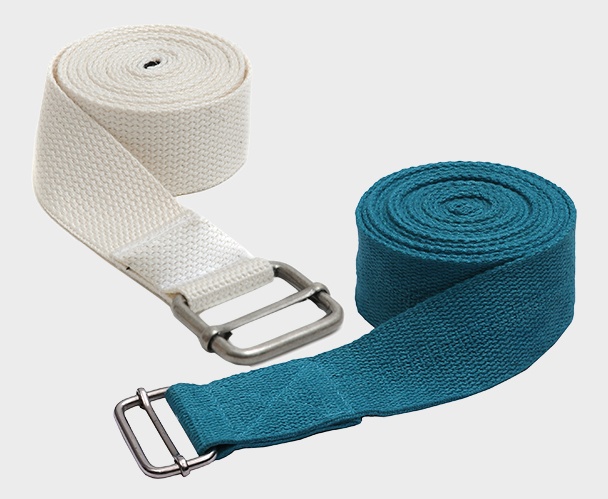
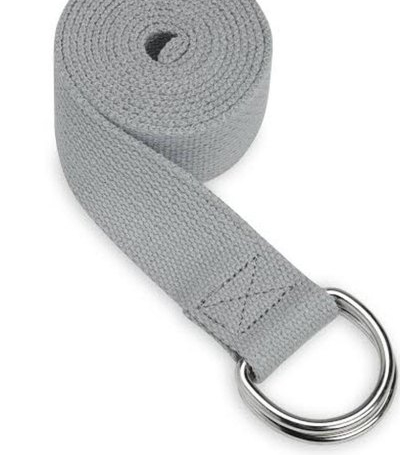
3. Blanket (or towel)
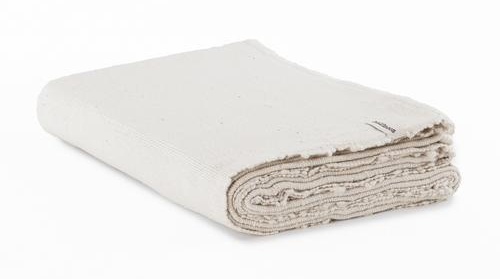
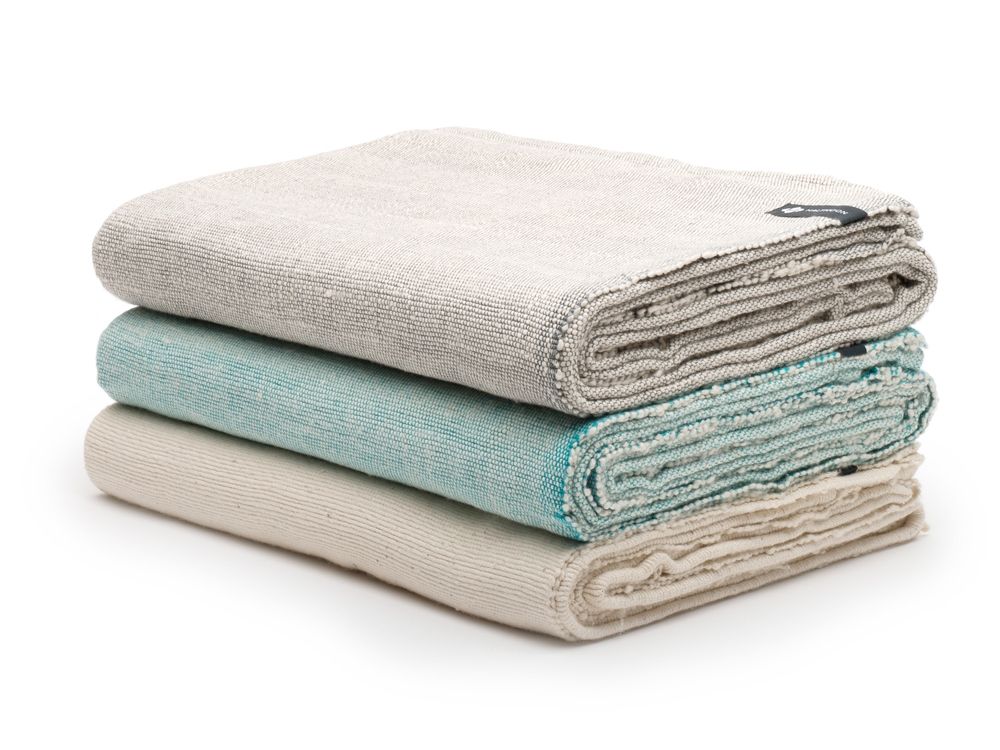
In a studio, blankets are used for many purposes ranging from a variety of intensity in poses. The most basic function of blankets are to support and cushion our body.
In poses such as Salamba Sarvangasana (shoulder stand), blankets of a certain height are used to create space and release tension from the neck area especially in cases where our upper back is inflexible.
Blankets or towels also offer support to the knee in kneeling poses, to the front of the ankle when there is rigidity in performing Balasana (child’s pose) or Vajrasana (thunderbolt).
On this point however, I must add that because there are positions we don’t get into in our daily lives, certain areas of our body have become stiff. When we do attempt to engage with them, it is quite normal to feel a varying degree of discomfort not because there’s anything wrong but because it is unfamiliar. So while the blanket is used to cushion this discomfort, we shouldn’t rely of them forever.
WHAT KIND OF BLANKET SHOULD I GET?
Just like the belt, if you have bath towels that you no longer want to use for bath, you don’t really need to buy yoga blankets. The cool thing about towels are you can determine their thickness or height by the way you fold them.
4. Bolster
Is the bolster necessary? No.
Is the bolster good to have? Absolutely!
The yoga Bolster is a crossover between a Block and a Blanket. It has a certain density unlike our bedroom bolster. Placed either vertically or horizontally across the mat, it can be used in both reclining as well as passive forward folding poses.
I like to end the classes I teach with Savasana (corpse pose) on a bolster placed vertically along the mat. It is also my personal favourite in my own practice. There is something totally relaxing about Savasana this way. In the absence of a good bolster, I’ll ask my student to use a pillow that is not too soft but as the pillow has a wider surface, there is restriction in rolling the shoulders back when in a reclining position.
WHAT KIND OF BOLSTER SHOULD I GET?
Get both types as shown in the image if you can but if you have to choose, choose the smaller flatter option. This is because if you need to raise the height of this bolster, you can always place 2 blocks below it and if that’s not high enough, you can always add blankets or towels for more elevation. Personally, I own only the small flat bolster and it does the job 🙂
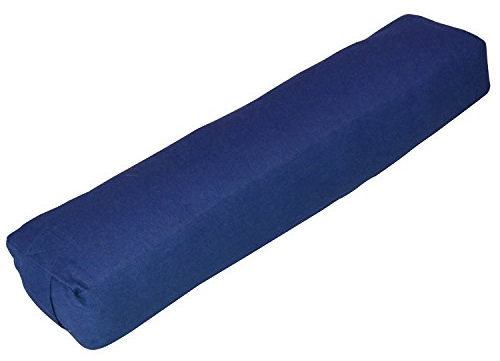
This is the Flat Bolster
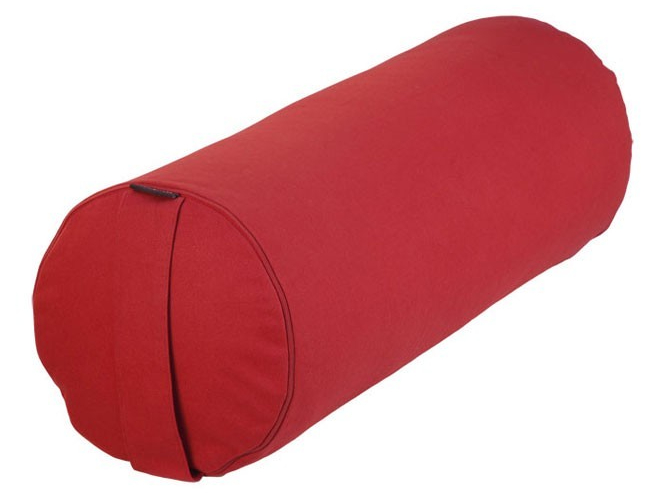
This is the Round Bolster
5. Breath
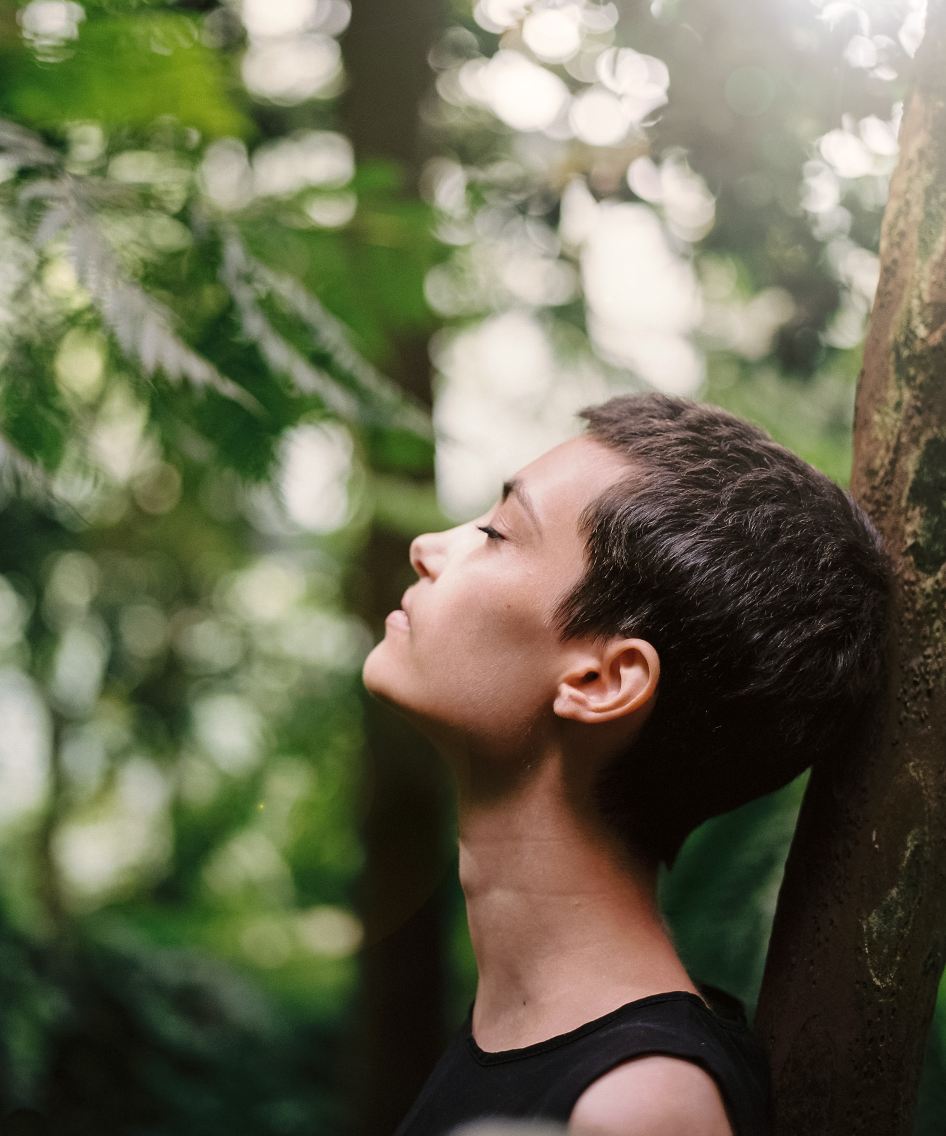
Yes, the BREATH is the 5th B.
It is not a physical prop but it is the single most important and effective prop you already possess.
The breath is used when transitioning from one pose to another. The breath is used to ease into poses where there is tension or resistance. The breath is used to take our mind off the ‘unbearable suffering’ when we have difficulty with certain poses. It also brings our awareness back into the present moment.
Until you use it properly in your asana practice, you will not know how effective it is. Remember… deep breath in, full breath out…
BREATHE IN, feel your body lengthening; BREATHE OUT, feel all stress and tension leaving your body.
I hope you found this informative. If you’d like to receive more of these, subscribe to Yoga Dose’s newsletter by clicking on the yellow ROPE ME IN button below.
Source:
Featured image is from yogalondon.net, last image from Unsplash, other images from across the web
CLASSES & RETREATS
Malaysia | Bali | Nepal
OFFERINGS & SERVICES
Asana, Pranayama, Meditation
Private & Group Classes, Workshops and Retreats for Individuals & Corporations
ENQUIRY
yogadoseco@gmail.com
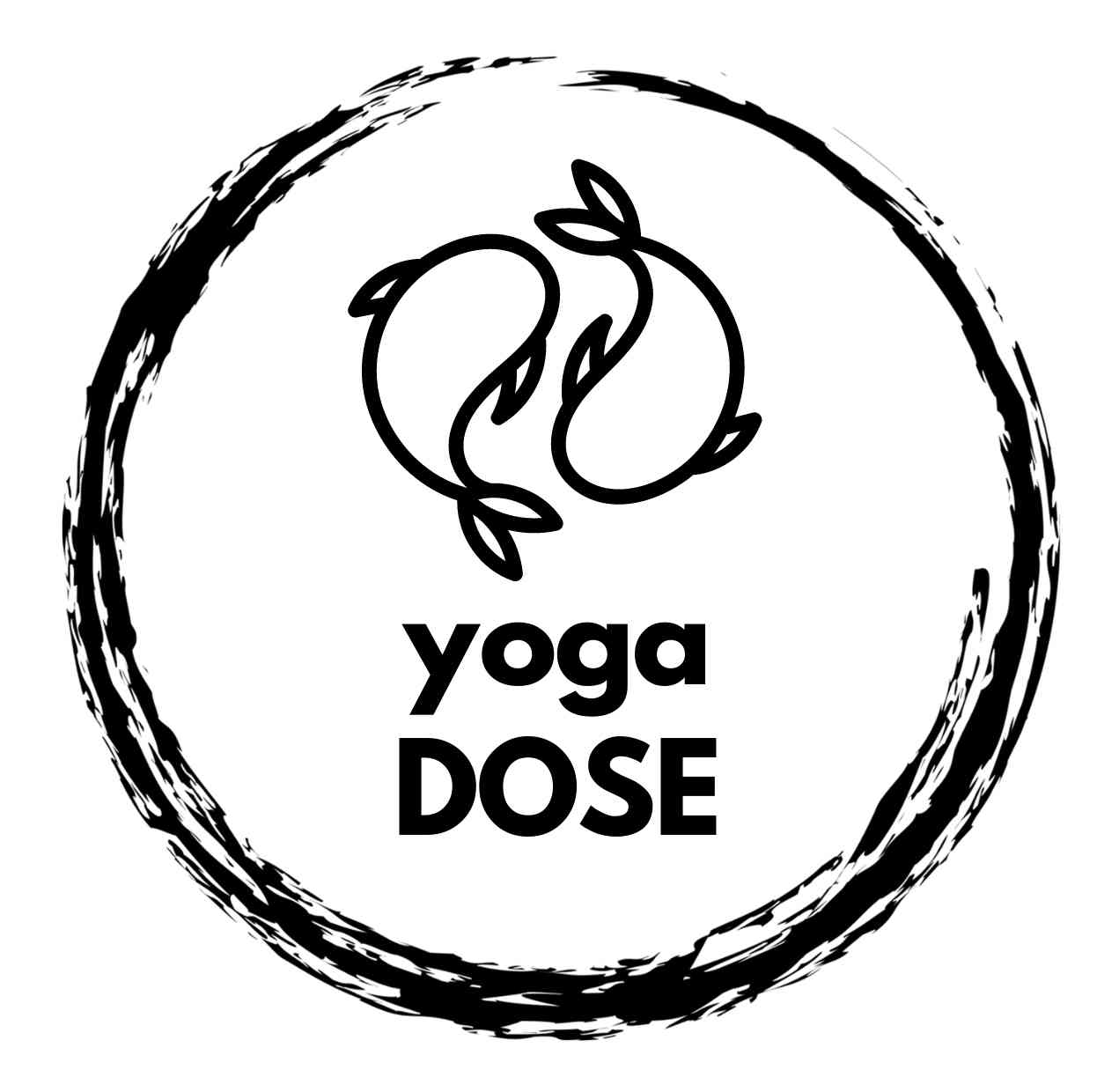
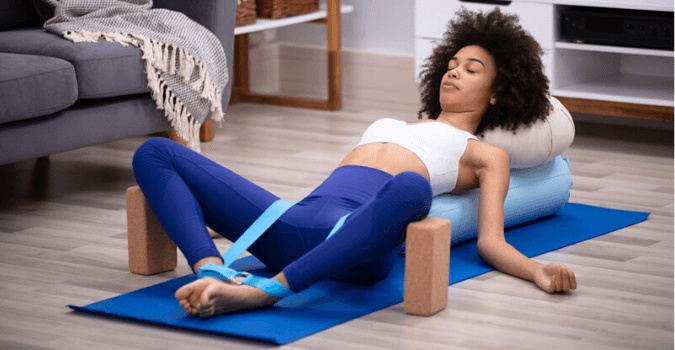
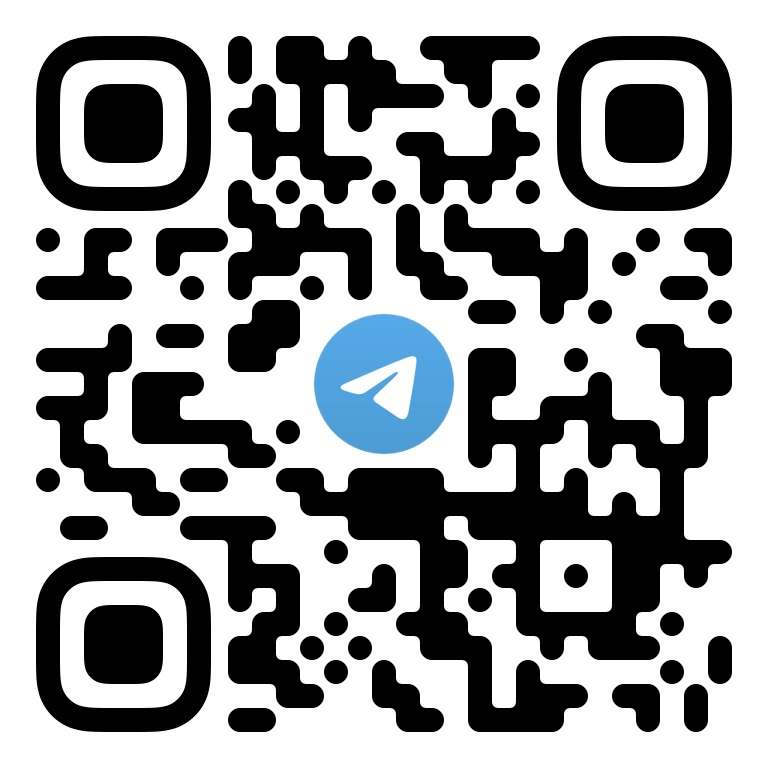
Recent Comments